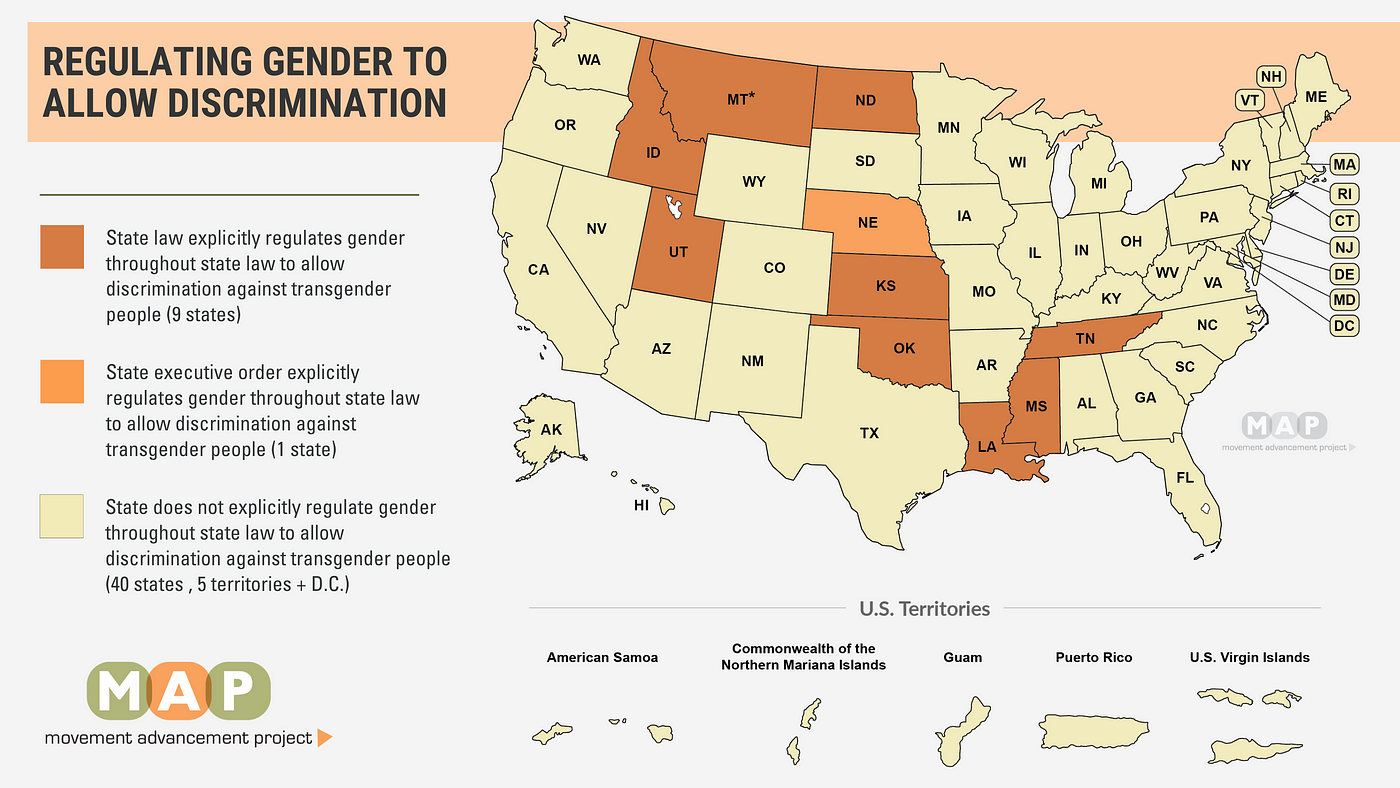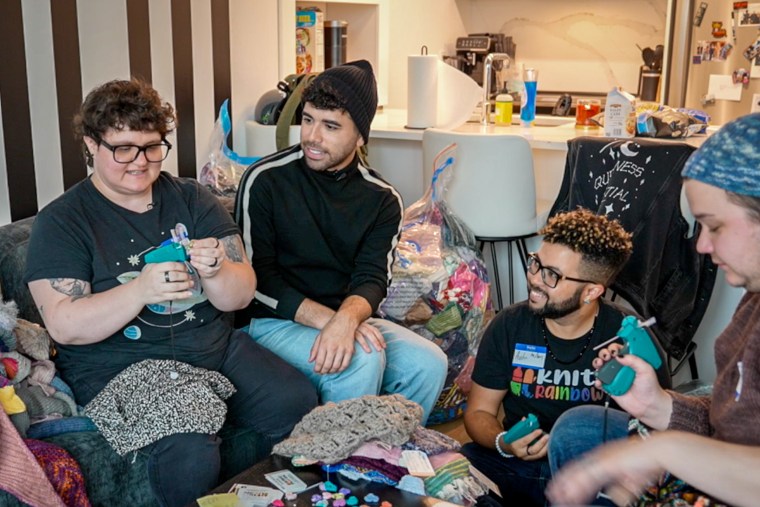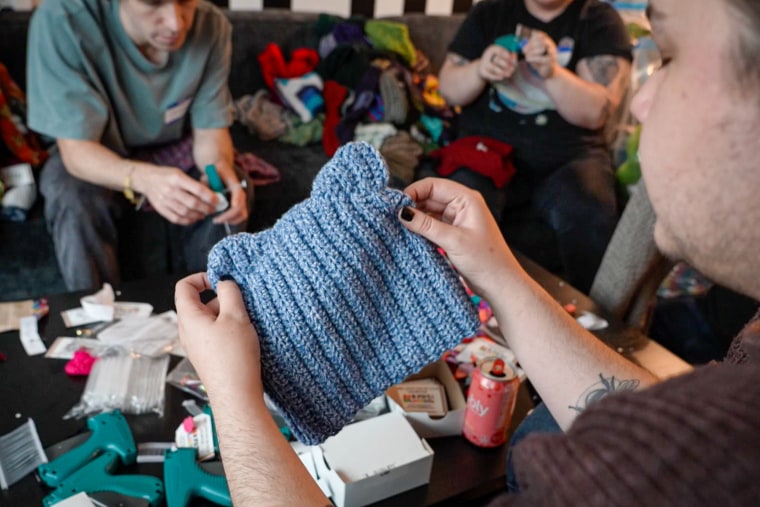State Sen. Molly Cook, 33, a sixth-generation Texan and former ER nurse, starts a new term in January after multiple campaigns in a single year that would have left a less energetic candidate exhausted on a beach on South Padre Island.
Not so for Cook, who has only upped her game with every electoral challenge.
A savvy internet presence — substitute “Hi, guys” with “Hey, y’all” and you get Cook’s polished, Texas-styled YouTube video intros — the millennial lawmaker is all about the organizing, online and off.
“I’m ready to go all gas, no brakes,” Cook enthuses in a clip introducing her new Organize to Win PAC.
The senator made time shuttling between events in her massive Houston district (pop. nearly 800,000) to talk about that new project, the joy of falling in love with a woman, and the Texas values she says many of her Republican colleagues don’t represent.
LGBTQ Nation: You’ve written about your first vote for president, for Barack Obama in 2012. You share many of his ideas and policy positions and his optimism, and something else, as well: his embrace of the “permanent campaign.” Just days after this year’s election you launched a new Organize to Win PAC, which formalizes your vision of year-round, grassroots organizing in your Houston district. It’s a little surprising that you wouldn’t take some time off, because, remarkably, the general election this year was your fourth run for office in nine months. You ran in the Democratic primary in March, coming in second and earning a runoff. You ran again in May for a special election to fill the same seat vacated by the new mayor of Houston and won, making you the incumbent. You ran again three weeks later in the runoff, winning by just 62 votes, and then a fourth time in November, beating your Republican opponent by 25 points. Aren’t you tired?
State Sen. Molly Cook: That was the best summary of my year from anyone! (laughing)
You know. I’m not. I’m so excited, and even as a nurse, burnout really isn’t about how much work I’m doing if I love my team, if I love the work. It really energizes me. So we are just full speed ahead through the end of the year.
In addition to your four runs for office this year, you took on the current mayor of Houston, John Whitmire, for the same seat in 2022 and earned over 40% of the vote. Who or what inspired you to run for the Texas Senate, and how are you getting along with Whitmire today?
I love that. So what inspired me to run? I’m an ER nurse, and so I see when policy failures reach people’s lives that turn into emergencies. I see it cutting people’s lifespans short. I see the suffering and the inability to find the kind of resources you need to heal. And that just made me so frustrated, and so I wanted to do more from my patients that I could do from the bedside.
I did take on a 50-year incumbent who had $12 million in the bank as a first-time candidate, which turns out, was an extremely bold move (laughing). But the voters really respected that. After I lost, I stayed engaged, and I can tell you that that is the reason that I won this seat, was that I showed a real commitment to the people in this district.
And our relationship is great. His staff has been incredibly kind to all of my staff coming into the Capitol. And of course, we’re looking forward to hopefully partnering in a really effective way to help the city of Houston achieve its goals in the legislative session, as well.
You came to politics as an ER nurse, as you mentioned. What’s prepared you in that role for your job in the Texas Senate?
The values. You know, I treat every single patient, provide the gold standard of care to every person who walks through the door, regardless of their party, regardless of their ability to pay, or whether or not they’re even registered to vote, and that’s the exact same way that I’m going to show up for the people of Texas Senate District 15.
And I get the question a lot: how are you going to function as a Democrat in the minority in the Texas Senate? And I say, “Well, I treat every kind of patient and I work with every kind of doctor and every kind of nurse and every kind of other staff member in the emergency department to save lives.” So we will use the tools, we will build good relationships, and we’ll pass life-saving policy.
You’re one of the few women electeds or candidates I’ve written about that has come out publicly, and proactively in your case, to say they’ve had an abortion. What compelled you to go public with that part of your biography?
The American public in general really are looking for authenticity in their leadership. I think that’s actually really important to people. Even if you disagree with me sometimes, I’m always going to shoot you straight. And I’m not ashamed that I had an abortion. It was the right thing to do for me at that time, and I’m really grateful that I had access to it, and it was safe.
So when I told people — especially women, but really everybody at the doors — my own story, it was often met with tears, with hugs, with a sense of relief. And I saw people connect to me, and they want that in their leadership. So for me, it was important to be my true self.
And then I think, ultimately, it was a strategic decision, as well. In Texas, we are restricting physicians’ abilities to provide data-driven healthcare. Women and people in Texas who get pregnant do not have access to the full spectrum of reproductive health care, and those sorts of tragedies have to stop, and we have to tell those stories so that folks understand what’s really at stake.
Maybe one of the most Orwellian components of Texas Republicans’ crusade against reproductive freedom is a proposed “abortion travel ban.” Can you describe what that is?
So this is in some of the counties across Texas. They’ve essentially tried to make it impossible for pregnant women to cross state lines to seek an abortion, and it is an unfathomable overreach of government. It’s going to kill people, and it sets a really scary precedent for what the government is allowed to tell you that you can and cannot do, whether it’s with your own body or hopping in a vehicle to drive across straight lines for any reason. This is a sign of the times and more policy to come if we do not get serious about organizing in our communities and fighting back for health, for safety and for, frankly, our most basic freedoms.
Do you think that has any chance of standing up in court?
Some astounding things can hold up in Texas court sometimes, but I would hope that the judges would understand that this is not constitutional. It’s a violation of very basic human rights.
Let’s talk about Ken Paxton for a minute. The Texas Attorney General has inserted himself into the private lives of Texans like few others. What do you think is the most egregious thing he’s done as AG?
I think most Texans who are anything left of center at all would say it’s going to be really difficult to name one. Whether it’s asking Texas taxpayers to cover the cost of his mistakes, whether it’s telling parents whether they can provide healthcare to their children, or telling women they can’t leave the state while they’re pregnant — there is no end to the just inappropriate — I mean, you said it. He just injects himself right into the lives of Texans, into our bedrooms, our bathrooms. You know, he’s very creative, and the attacks are going to keep coming as long as he’s sitting there.
What do you think it is about Paxton that’s appealing to Texas voters? He’s been elected. What is it about his character that’s reflective of Texans’?
I think I want to pivot and talk about what billionaire special interests are doing to the political process here in Texas. I don’t know that some of the decisions of our leadership actually do reflect true Texans values, even conservative ones. People care about transparent governance. People care about good stewardship of resources and public money, and we don’t always see that out of our leadership. But they are protected over and over again by billionaires who want to see policy changes that line their pockets. And until we are able to get these special interests, get these out-of-state billionaires out of the political process in Texas, we are not going to see the life-saving changes that we need.
Gov. Greg Abbott or Sen. Ted Cruz: who’s been worse for Texas?
(Laughing) We don’t even have to go there! There’s no reason for that to be a competition. You know, I’ll just say that it’s going to be easier to flip a statewide seat in Texas than it is going to be to flip some of these House seats and Senate seats, because of gerrymandering. So I invite folks to do the kind of work that we’re going to do at Organize to Win. This needs to be year-round. It needs to be grassroots, and it needs to be focused on real issues and real people, and we got to bring it to their doorsteps.
What do you think is behind Republican animus toward trans people?
I’ll just start by saying that the transgender community also had some really beautiful wins this time around. So some of the narrative around the disappointments, it’s important also to counter it with the wins, with the assets and the successes of the transgender community.
I think that the Republicans are really good at finding vulnerable people who are hurting and making scapegoats out of them, and putting them even more into the crosshairs of bad policy than they were before. And so the most vulnerable among us, the people who deserve the most protection and who desperately need public dollars and public protection are the most at risk when the Republicans are creating their wedge issues. And I’m so proud to be a member of the LGBTQ+ community and to be in that chamber out and proud, to stick up for all of the members of our community.
In neighboring Oklahoma, the state superintendent of schools, Ryan Walters is on his own crusade to put Bibles in every classroom, and Louisiana passed a law to prominently display the Ten Commandments in every public classroom in the state from kindergarten through college. The United States has a long tradition of the separation of church and state, while Republicans seem to be embracing the Christian nationalist idea, seen in the Heritage Foundation’s Project 2025, of a biblically based government. Would defending the line between church and state be a good organizing principle for progressives and Democrats in the face of MAGA Republicans’ moral crusade?
Absolutely. We’ve got to have a big tent and a big umbrella that focuses on workers’ rights, that focuses on regular, everyday Texans, that centers the people who are having trouble making ends meet, that centers the people who are breathing unclean air right now as a result of poor policy decisions from corporations. And that tent includes an open mind to all religions and faiths and those who don’t practice a religion or a faith. It is wrong to impose from the government any particular religion onto people and onto children, and we will not see success until we’re able to roll that back and create a more inclusive learning environment for Texas kids.
From your vantage point as a medical professional, where do you come down on trans women and girls in sports?
Those decisions do not need to be made by the Texas Legislature. That’s just the bottom line. It is an overreach of government. It is not our place as legislators to be creating extremely niche rules about who can participate in what, or go to the bathroom where. It is up to the Texas Legislature to protect the lifespan of Texans, every single one of them. That is our job.
Let’s say Texas legislators didn’t take up that issue. Who is it left to do it? Are we talking about local school boards banning trans women and girls in sports?
Kids need to be able to play. Kids need to be able to go to the bathroom where they want to go to the bathroom. The most important thing is that every child feels accepted, loved and free to grow and explore what it means to be a human in a safe environment.
Honestly, those decisions are best left up to the people who know them the best, their parents, their doctors and that sort of thing. I don’t have the perfect answer about exactly who needs to create what rules or what rules need to be created, but I can tell you that as we think through that process, the people who need to be at the center of these conversations are kids who are trans and the parents that take care of them and love them.
Would you support national mandatory service for young people in the military or some other form of public service of their choosing, like the Peace Corps or Teach for America?
That’s interesting. You know, I hadn’t thought about it enough to really give a thoughtful answer.
You’ve done a lot of organizing work around climate and environmental justice. What’s the single most important thing the world should do to address the climate crisis?
I hate that I can only pick one. There are certain things that we as individuals can make decisions to do, things like not eating meat, but there’s things on a systems level that we really need to think about. I spend a lot of time in transportation. There’s a lot of emissions that come from transportation. There’s a large carbon footprint for transportation. And in Texas, we are the only state with no dedicated public transit funding. We spend 99% of pertinent revenue on highway widening or highway projects or highway adjacent projects. We do need to shift the paradigm in Texas around that for climate justice and also for basic transportation safety.
You came out as bisexual in 2021 calling it “a powerful, deeply personal liberating experience.” What can you share about it?
That was the first time that a suspicion of mine, inside of myself, was really able to bloom, and I was able to experience kind of releasing fear or anxiety that I had had around myself: whether or not I was going to judge myself or accept myself, whether or not this experience would be something that makes me feel good or bad. And when I just leaned in and fell in love with a woman for a while — we dated — it was so fun, and it was different, but also the same, and kind of a relief to me to say, “Okay, I’ve done this. I felt it, and it was good.” And it just gave me a lot of freedom to continue to explore what I love and how I feel and who I am. And that kind of freedom is something that I want for every single person who is in young adulthood, early adulthood, late adulthood, whenever it is! To love yourself, accept yourself, and see yourself even more fully.
I found evidence online you share your home with a senior chihuahua. Do you have a partner now as well, and what can you tell us about them?
No partner. I’m single. The chihuahua, though, is eight pounds, he’s got one eye, he has no teeth, and everybody’s afraid of him. So he is actually a hero and a model to me (laughing) as I walk into the Texas Legislature.
Have you taken him into the Legislature?
Oh, absolutely not (laughing). No dogs allowed.
For anyone who hasn’t been to Houston, I was really struck driving across the city at how there seems to be zero zoning regulation. Oil refineries are next to golf courses are next to residential neighbors next to skyscrapers next to distribution centers next to public parks and lots of malls in between. It feels a little like the movie Bladerunner. Texas prides itself on its freedoms — do you think that philosophy works when it comes to urban planning?
There’s an argument for deregulating some zoning in certain places to allow for more affordable housing. In Houston, we often talk about how we need maybe a little bit more of the zoning.
There is a holistic approach to planning that we really need to take, and we need to prioritize public health. And, of course, when you have private interests — developers and things like that — in the conversation, things can get skewed, especially when there’s a lot of money in politics.
Your district holds the Rothko Chapel, which is a monumental brick building designed by the artist Mark Rothko as a non-denominational church, and displays 14 large Black Paintings by the artist in different hues. Have you spent much time there, and what’s the feeling that it conjures for you?
I have actually spent a lot of time there. I believe it’s still out of commission at the moment. They sustained some pretty serious damage in one of the last storms, and so it’s closed to the public right now. But I have had multiple profound experiences inside of the Rothko Chapel. It is a gem of Houston, and I’ll just say, everyone who has a chance should visit as soon as it reopens.
What’s the best thing about representing the constituents of Texas State Senate District 15?
Our district is diverse in every single sense of the word. Every single neighborhood is unique. Every single neighborhood has certain needs and tons of assets, and it is such a joy to get to know every single person, the history of their neighborhood, how much they love and care about it — see the folks who are new to their neighborhoods and are in love with Houston for one reason or another. It is just a powerful place full of incredible people, and it’s a joy to travel around it and get to know more of it every day.
Those are all of my questions. Is there anything you want to add?
People should just follow us at Molly for Texas, on Instagram, Twitter, Tiktok. Come check out Organize to Win as we get to work on that during the session. And stay tuned: we’ll have more to share as we roll more policies out.
The permanent campaign continues.
Exactly.











